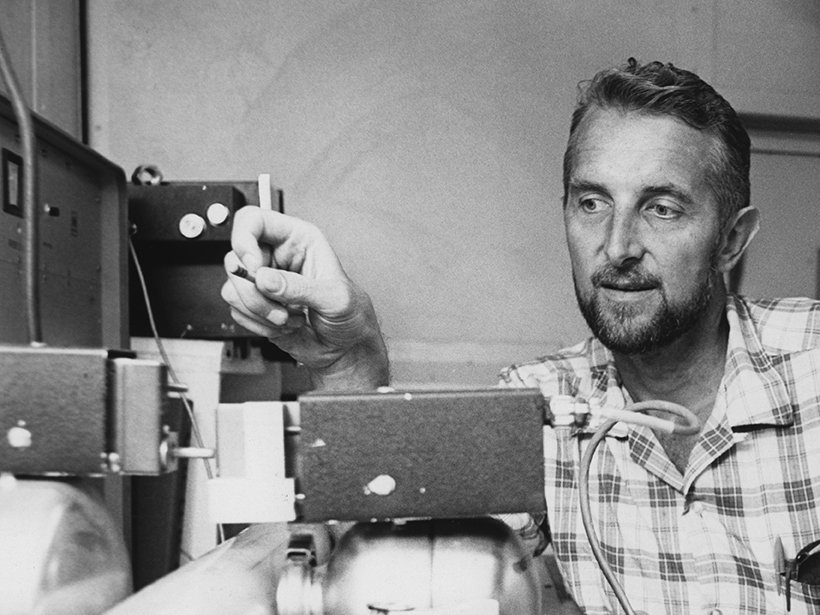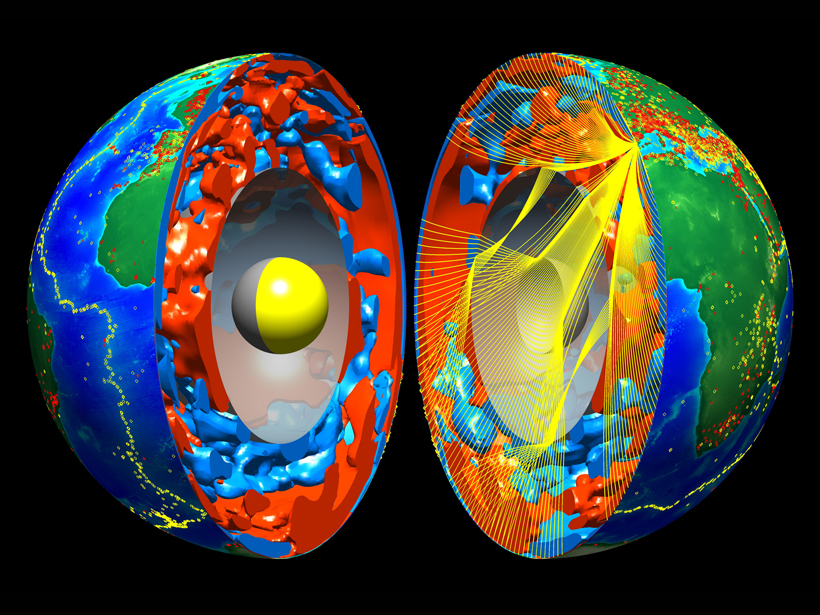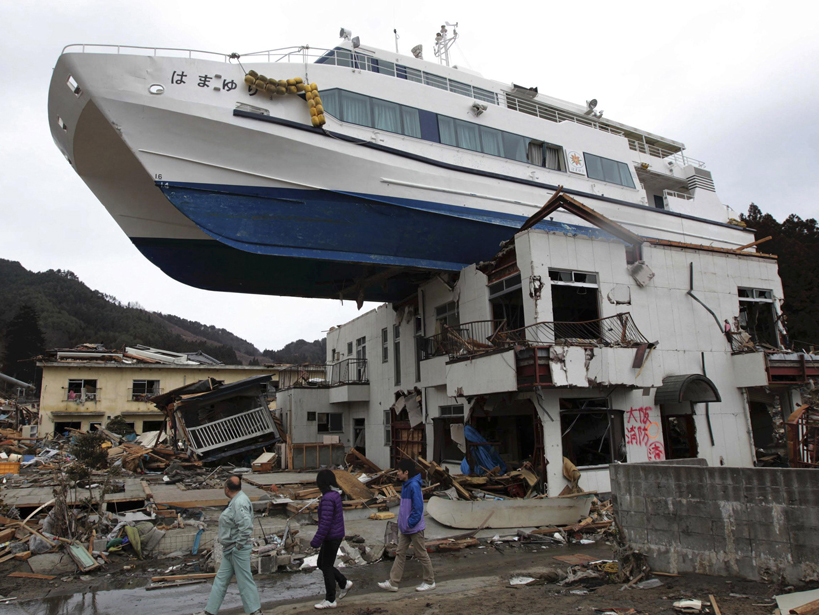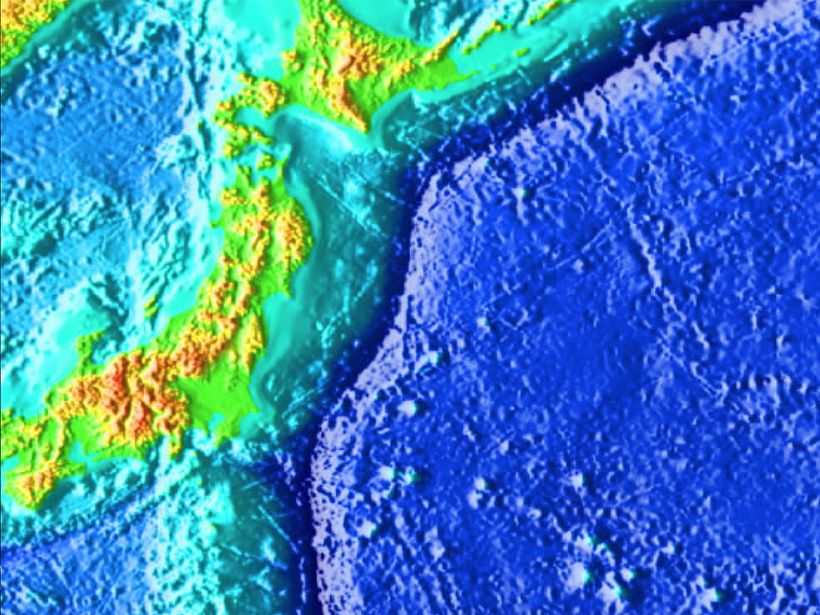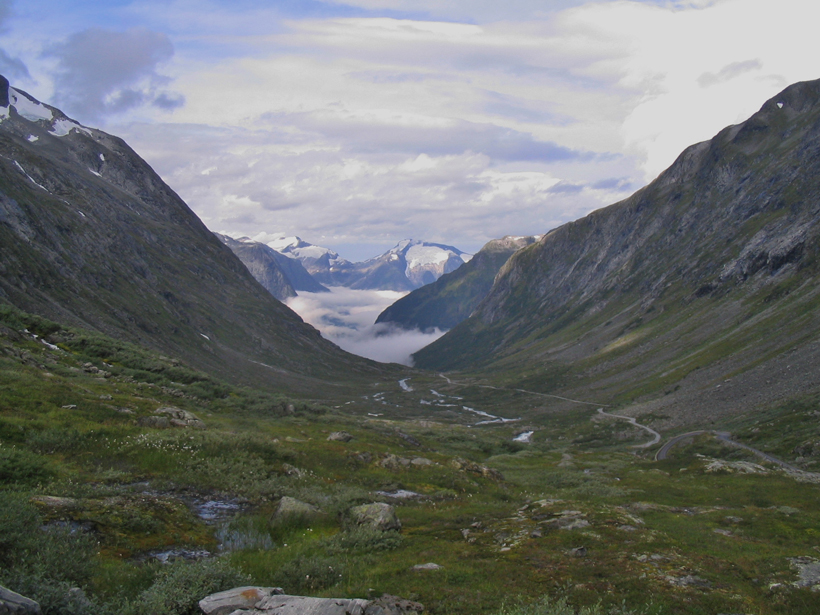Richard P. Von Herzen, a pioneer of marine heat flow studies who helped validate plate tectonics and discover oceanic hydrothermal vents, passed away on 28 January 2016. He was 85.
plate tectonics
Massive Ancient Tectonic Slab Found Below the Indian Ocean
Scientists discover a surprisingly positioned tectonic plate, buried below the southern Indian Ocean, that spans the entire mantle.
Investigations of Shallow Slow Slip Offshore of New Zealand
Recent and upcoming studies of the Hikurangi margin east of New Zealand shed light on previously undetectable tectonic movements.
Alaska's Semidi Segment Could Unleash a Devastating Tsunami
Study reveals structures along the Alaskan convergent margin capable of generating a powerful tsunami directed toward the United States's West Coast.
Plate Displacement Rate Offers Insight into 2011 Tohoku Quake
For the first time, scientists use GPS to measure the displacement rate of the subducting Pacific Plate near the source of disastrous shaking in 2011.
Subtle Seismic Movements May Help Forecast Large Earthquakes
Where a plate of Earth's crust slides under another and when frequent episodes of plate slippage occur without noticeable earthquakes, large temblors will more likely strike, a new study finds.
UAE-Oman Mountains Give Clues to Oceanic Crust and Mantle Rocks
When oceanic plates meet continental plates, the continental plates usually come out on top. Cases where this is reversed provide valuable access to oceanic crust and mantle materials.
Wharton Basin Earthquakes: Evidence for a New Plate Boundary?
The largest ever strike-slip earthquake may have occurred on a newly developing boundary between the Indian and Australian plates.
Bending Plate Provides Unexpected Heat Source
Scientists discover the causes for heat flow anomalies near the Japan Trench.
New Insights into the Formation of Old Norwegian Mountains
Researchers look to minerals in rocks from Norway's Western Gneiss Region to determine when the mountain-making period came to a close in the region.

